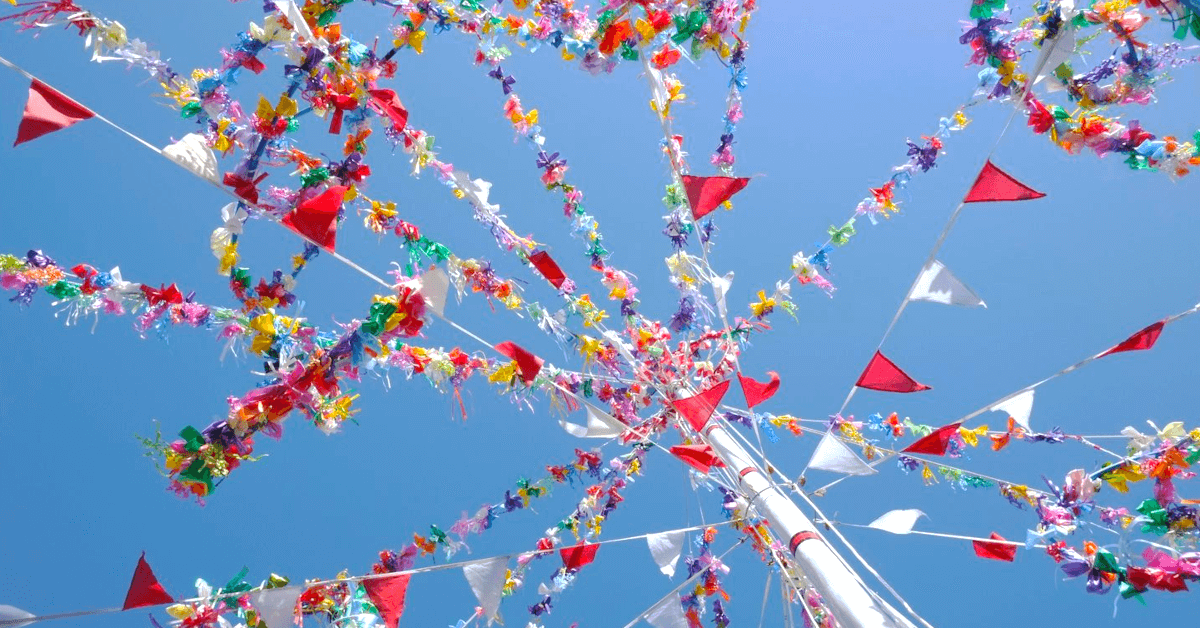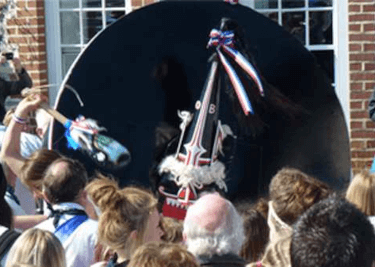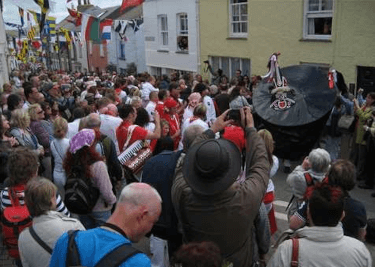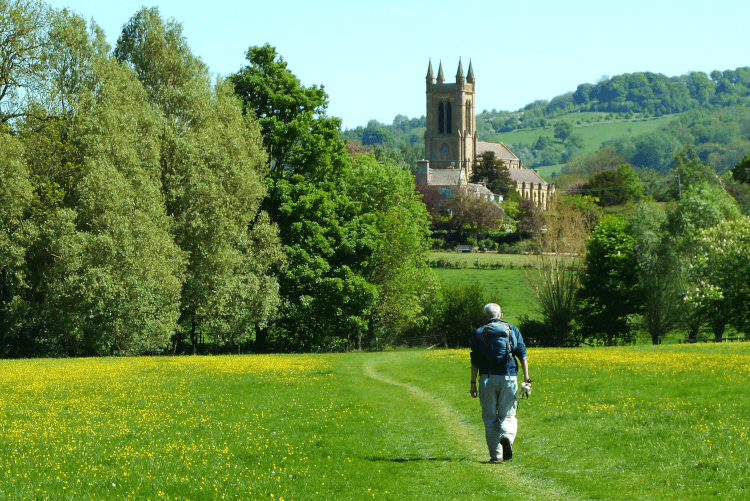The Best Places for May Day Celebrations in the UK
May Day Celebrations are rich in history and tradition. We list some of the best places to see them,.
The Best Places for May Day Celebrations in the UK
https://www.contours.co.uk/may-day-festivities
by Nicky Jaquiery
The first Monday in May is set aside as a bank holiday to celebrate springtime and to look forward to summer — hopefully a hot and sunny one!
It’s known as May Day. The earliest celebrations are thought to have occurred during the Roman era as the festival of Flora, the Roman goddess of flowers, vegetation and fertility. Since then, people have celebrated May Day with traditional festivities. Many of these can still be seen in evidence today.
The most well-known custom is the maypole. Traditional dancers circle a central pole, trailing brightly coloured ribbons in their wake.

Maypoles can be seen on village greens throughout the country, kept from one year to the next specifically for the annual maypole dance. The largest maypole in England is 30 metres high. It can be found in Barwick, Yorkshire.
A particularly iconic part of the celebrations is Morris dancing. A group of dancers wearing bells and carrying sticks and handkerchiefs perform choreographed steps, often to music.
Other typical celebrations involve decorating villages with flowers and vegetation and crowning the May Queen, who leads the May Day parade. All May Day celebrations up and down the country are characterised by a fun, holiday atmosphere built up with live music and refreshment stalls in village fetes and community gatherings.
If you’re keen to take part in a May Day celebration, there are many places in the country that you can visit.
At Whitstable in Kent it’s possible to see a more traditional May Day celebration at the Jack in the Green Festival. Jack in the Green has its origins in the garlands of flowers and leaves that were worn for the May Day celebration. The size of these garlands became a source of competition, expanding every year until they grew so big that they covered the wearer completely.
Since 1976, the leaf-covered Jack of the Green has led a procession of Morris dancers and musicians all the way through the town to Whitstable’s castle.
At Padstow in Cornwall, there is the annual Obby-Oss celebration, which is reputed to be one of the oldest fertility festivals in the UK.
The whole town is decorated with greenery through which people dance with the Oss, accompanied by accordion players and followers singing a traditional May Day song.


More unusual variations of May Day celebrations can be found in Scotland. The May Dip might be the barmiest: Students at St Andrews University celebrate May Day by running into the North Sea at sunrise, sometimes naked, which sounds freezing to me, even if it is May!
In Edinburgh, the spectacular Beltane Fire Festival is held on Calton Hill during the evening of April 30th and into the early hours of May Day itself. Central to the festival are the May Queen and Green Man, who lead a dazzling procession of drummers and performers, culminating in the lighting of a huge bonfire to signal the birth of summer. Since the inception of the modern festival in 1988, this event has become so popular that tickets often sell out.
In keeping with an old Edinburgh tradition, it is also thought that young women who climb Arthur’s Seat on May Day and wash their faces in the morning dew will have lifelong beauty. Something to keep in mind as you walk the John Muir Way!
For those of us in the United Kingdom, there’s bound to be a May Day celebration nearby. If not, or you simply fancy something quieter, why not make the most of the bank holiday and go on a May Day walk instead?
Spring is one of the best times of year to be out walking in the English countryside: it’s warmer, flowers and trees are blossoming, and newborn lambs are out scampering in the fields. What better celebration of springtime could there be than a walk through sunny weather and breath-taking scenery? Discover a few of our favourite walks for spring!

Outdoors Enthusiast
Nicky Jaquiery is a frequent contributor to the Contours Holidays blog, tapping into her vast experience out in the countryside as walker and runner to produce thoughtful and practical articles.